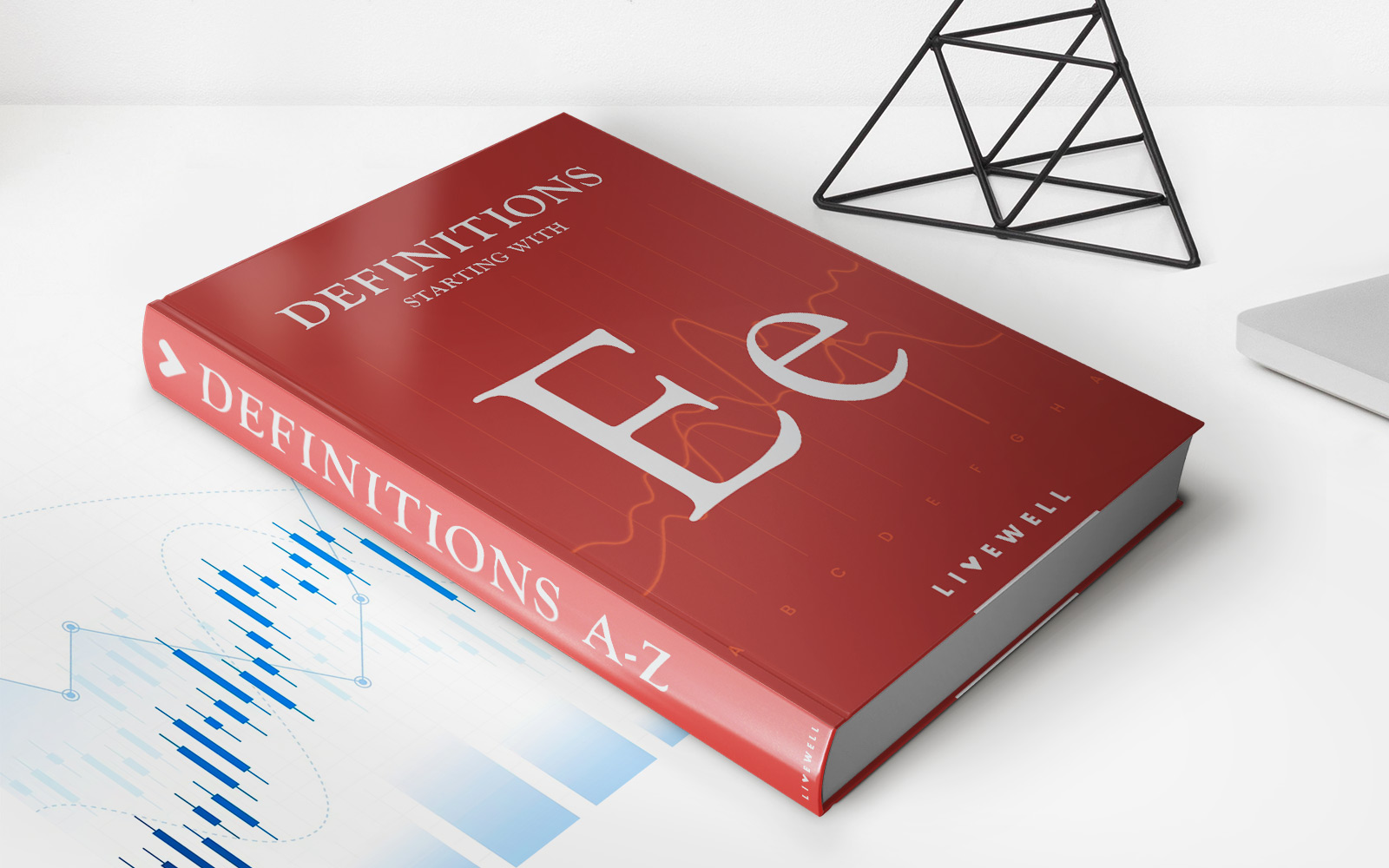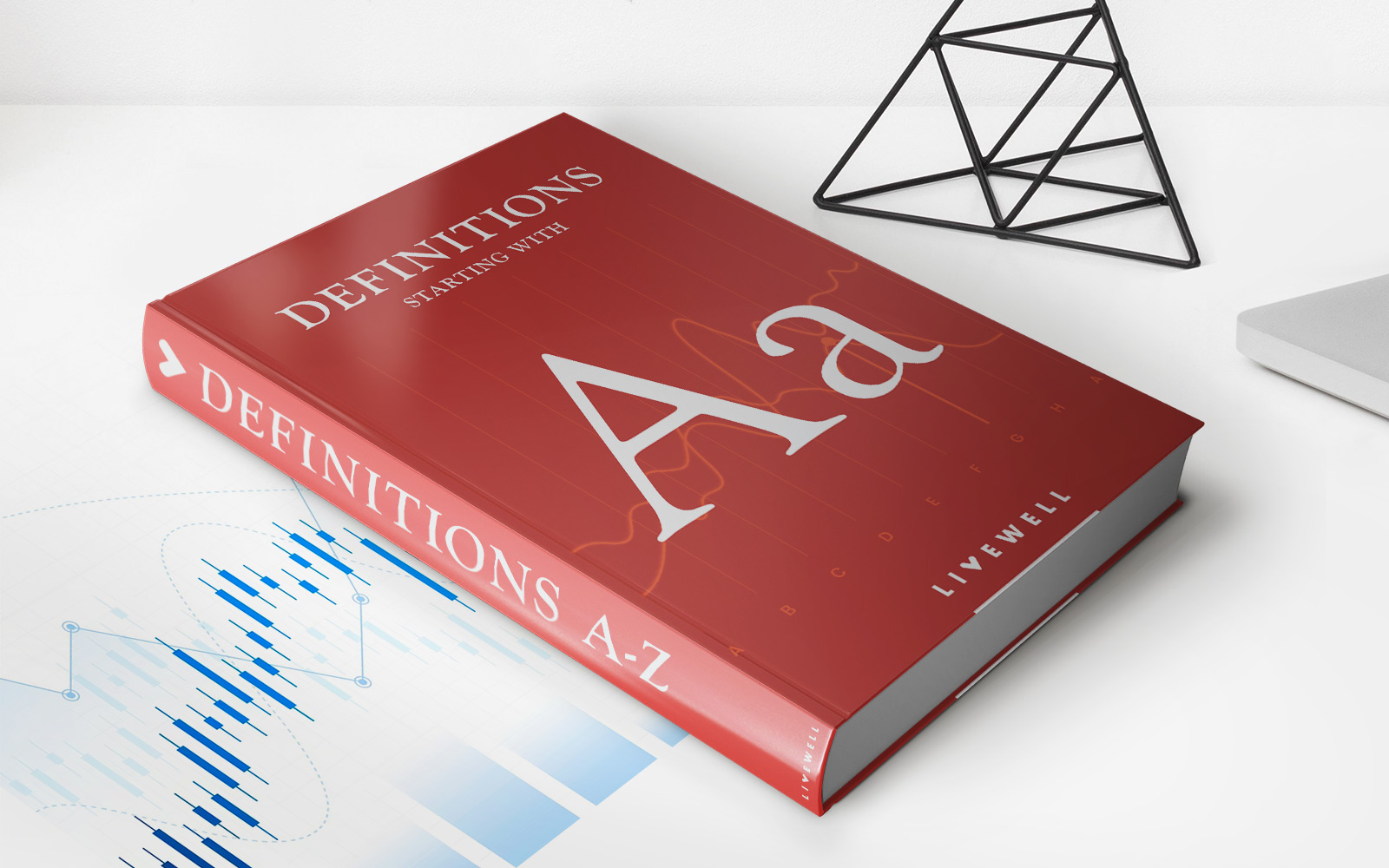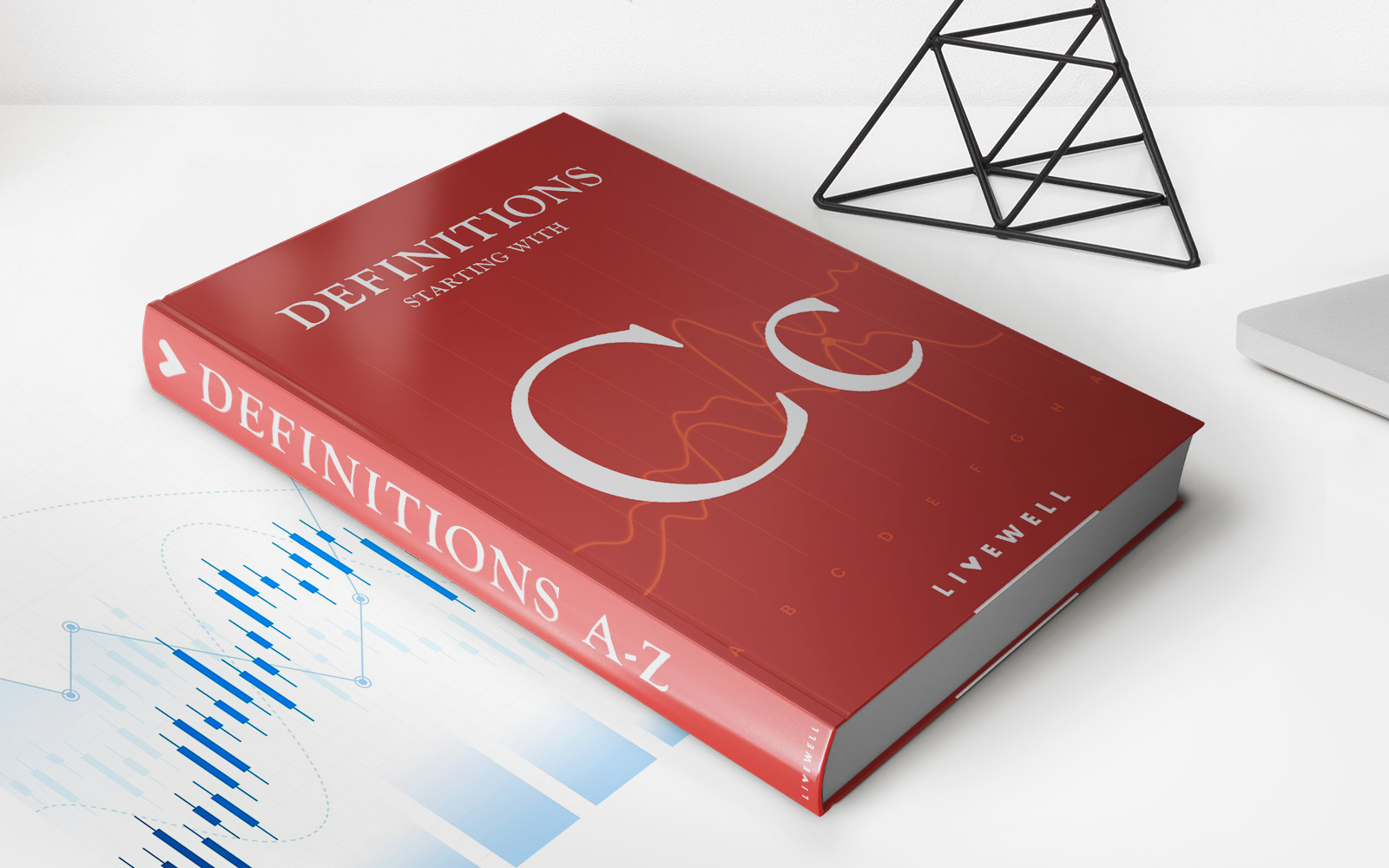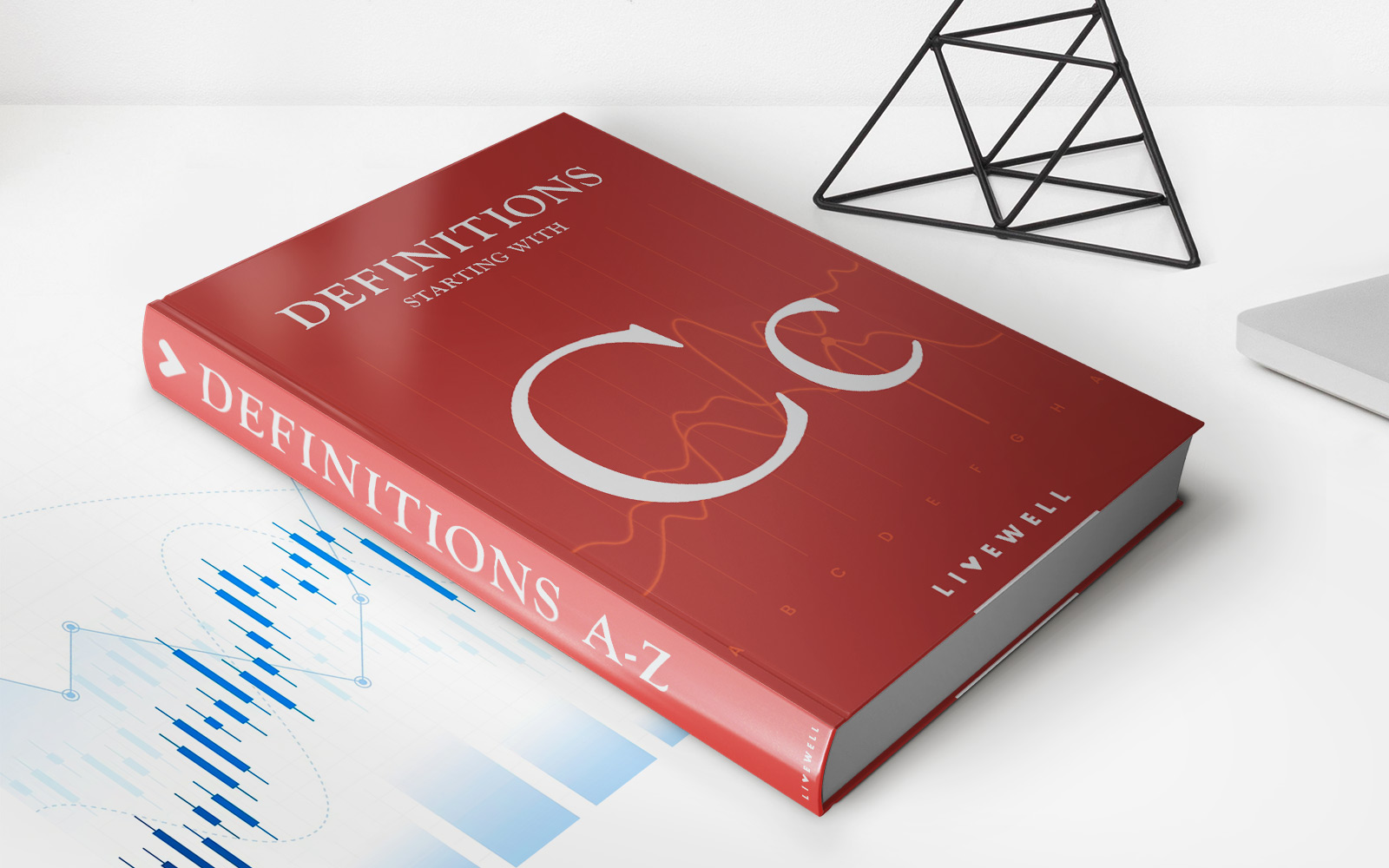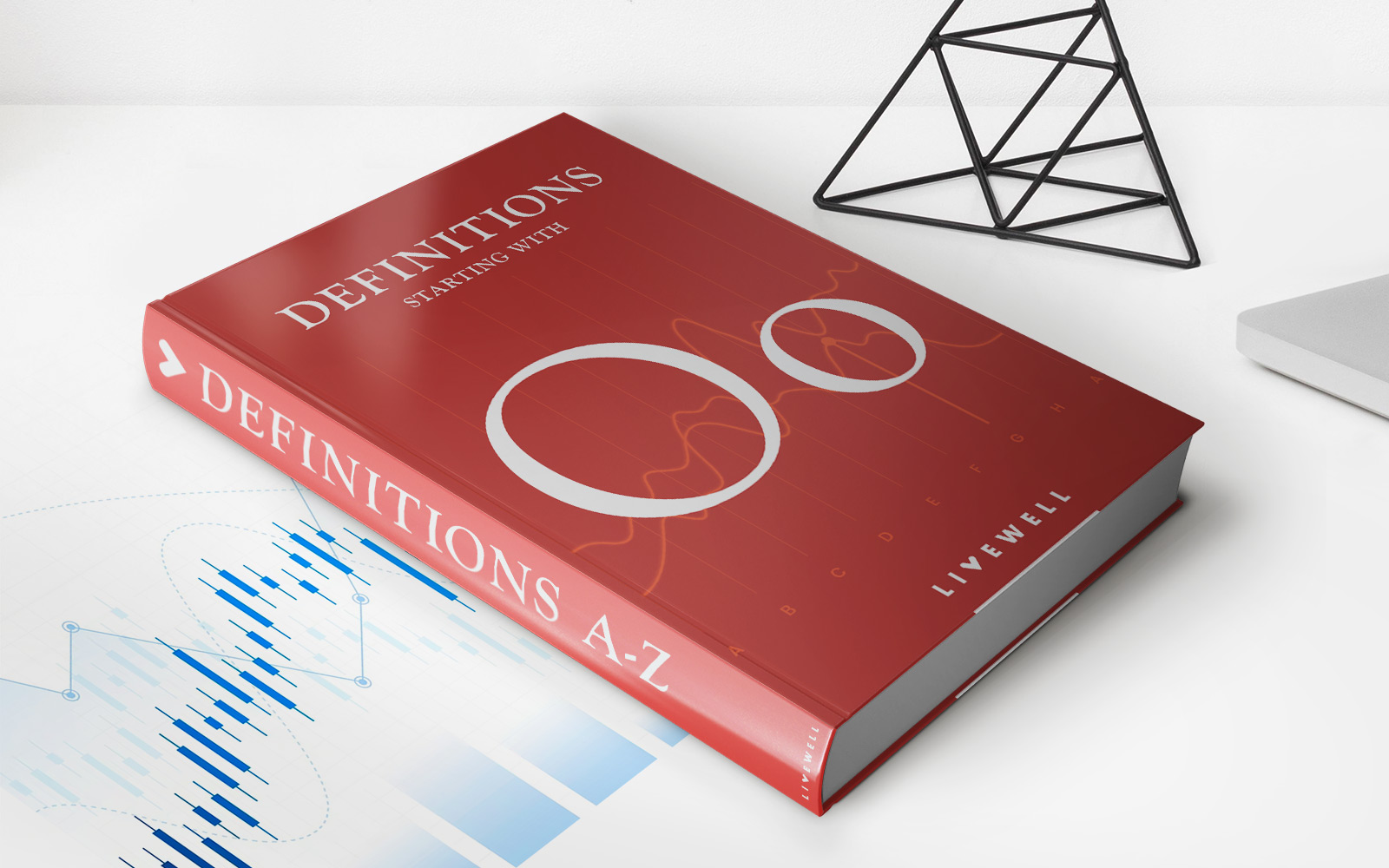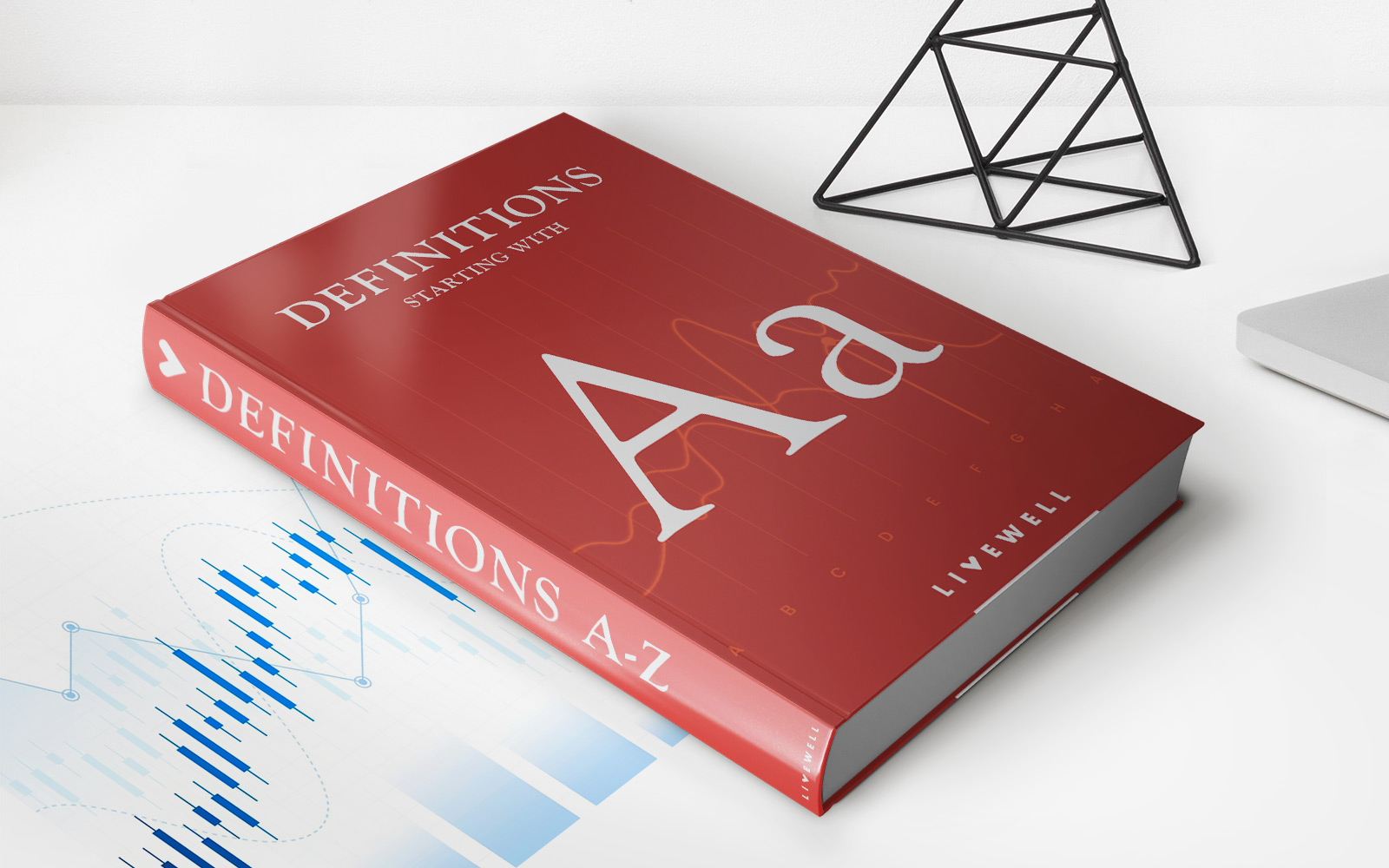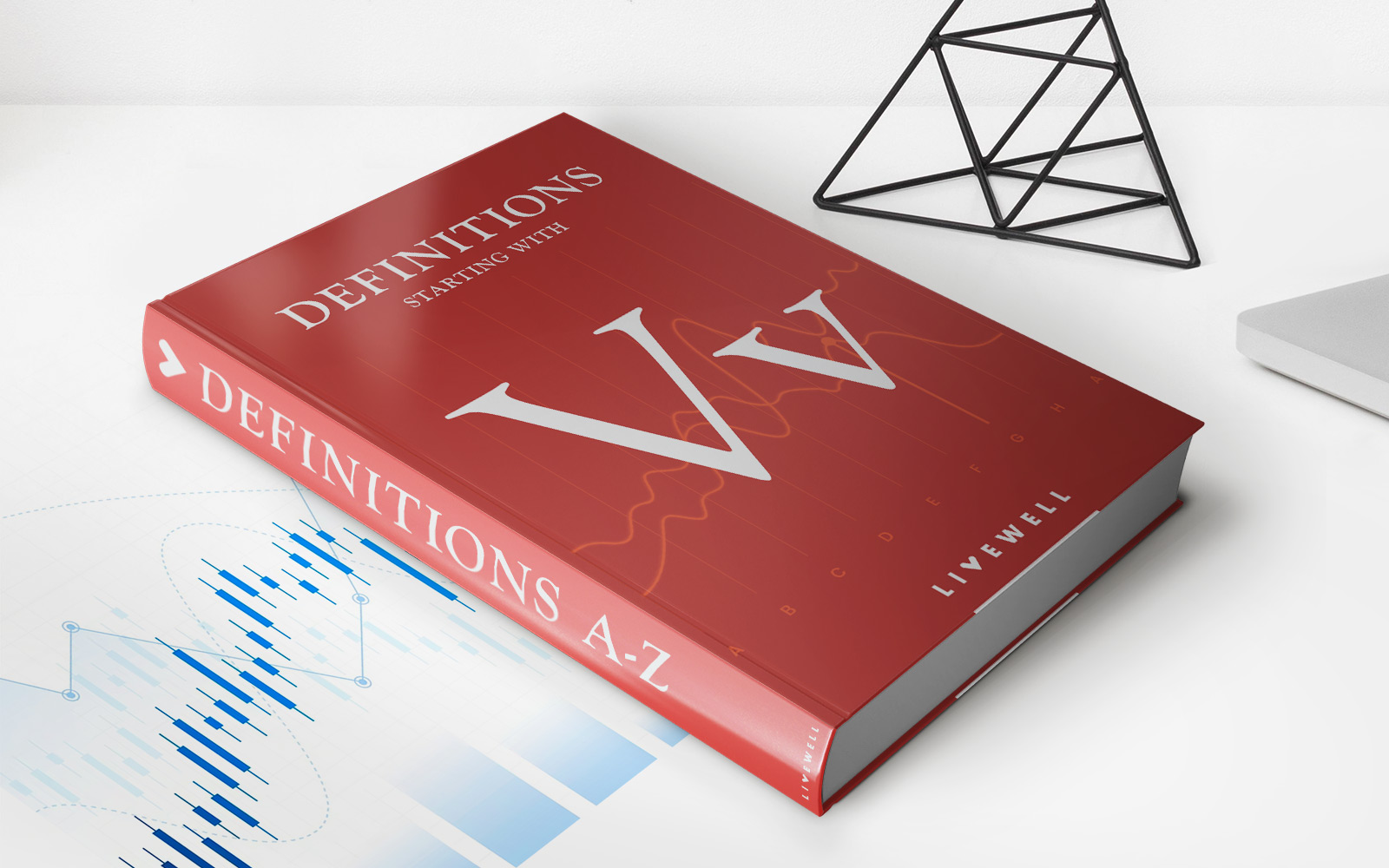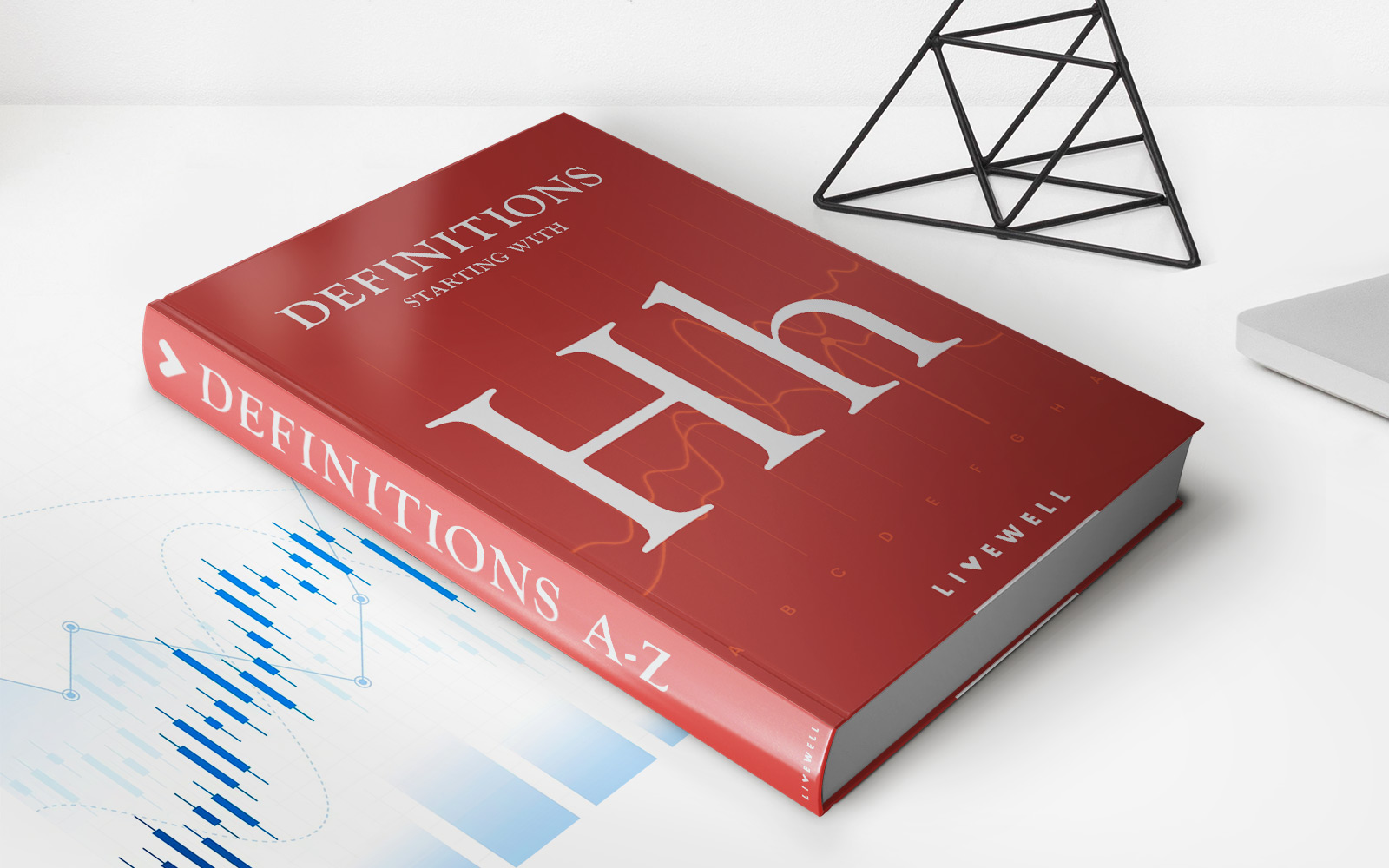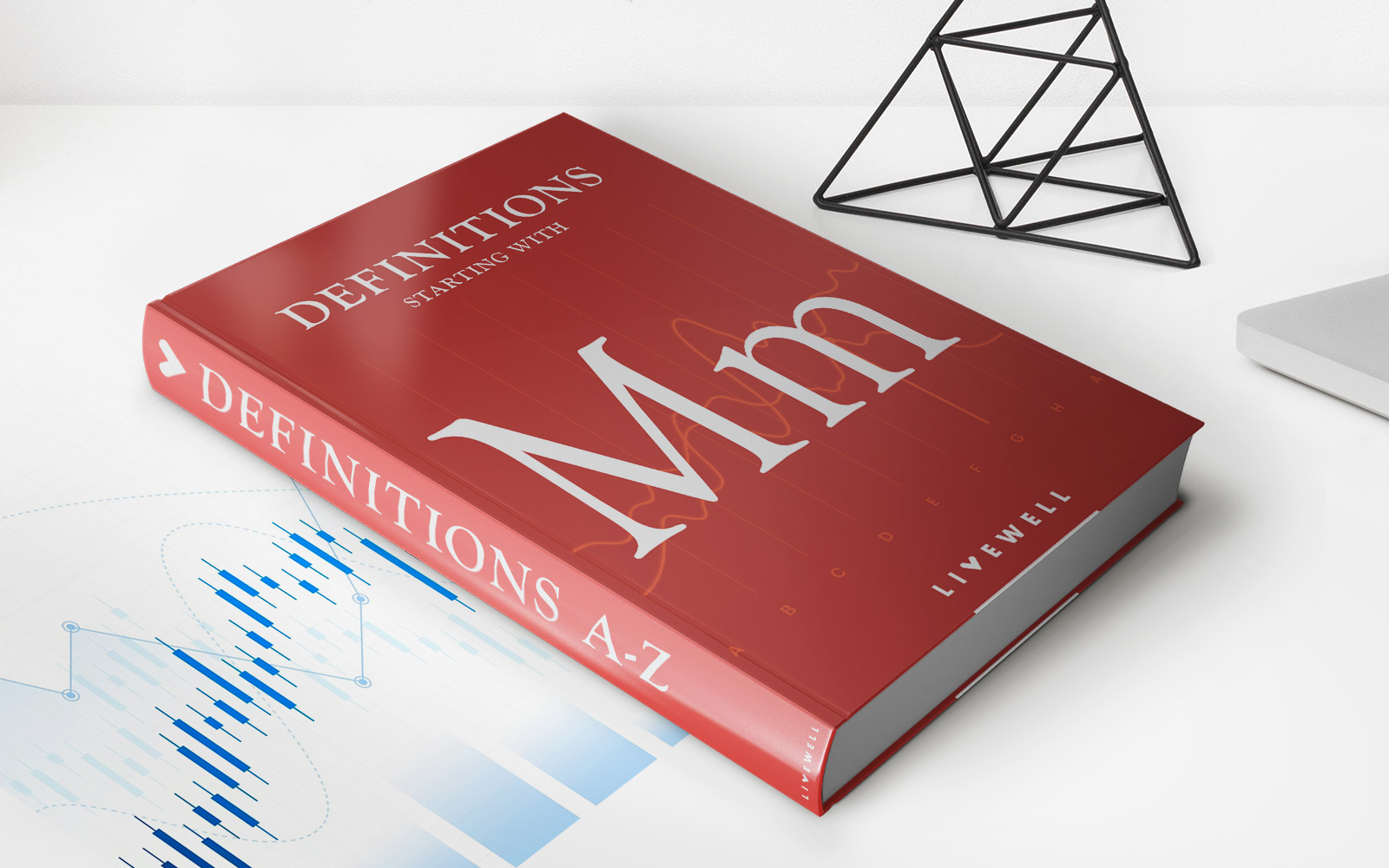Home>Finance>European Option: Definition, Types, Versus American Options
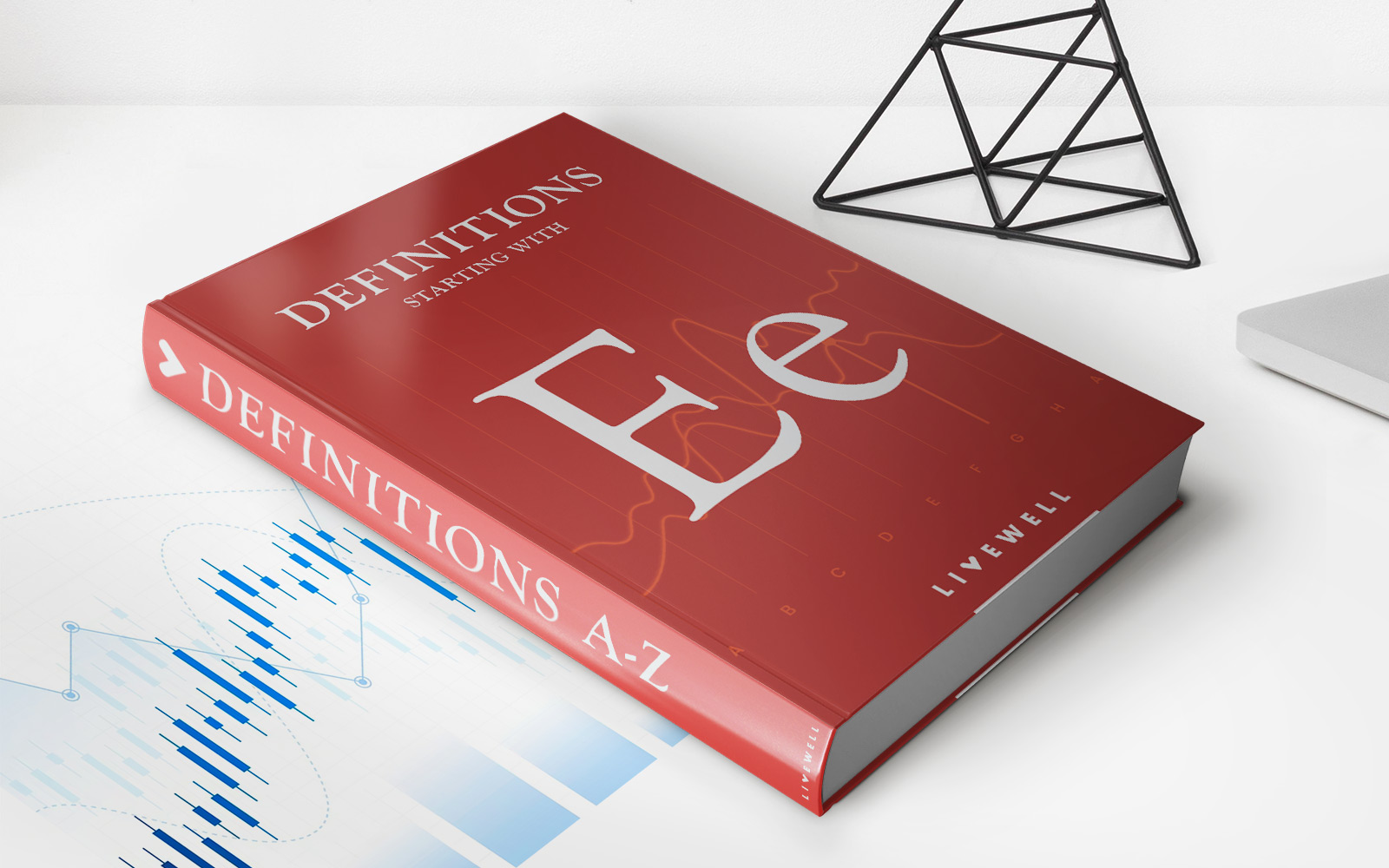

Finance
European Option: Definition, Types, Versus American Options
Published: November 19, 2023
Learn about the definition, types, and differences between European and American options in finance. Expand your knowledge in the exciting world of financial investments.
(Many of the links in this article redirect to a specific reviewed product. Your purchase of these products through affiliate links helps to generate commission for LiveWell, at no extra cost. Learn more)
Understanding European Options: A Comprehensive Guide
When it comes to the world of finance, options represent a fascinating element that traders and investors often utilize to their advantage. If you are familiar with options, you may have come across two types – European and American options. In this blog post, we will focus on European options, exploring their definition, types, and the key differences they have compared to American options. So, let’s dive in and unravel the mysteries of European options!
Key Takeaways:
- European options are a type of financial derivative that give the owner the right, but not the obligation, to buy or sell an underlying asset at a pre-determined price on or before a specific date.
- Unlike American options, European options can only be exercised at the expiration date, which means traders cannot exercise them before that.
Definition:
Before we delve deeper into European options, let’s start with a simple definition. A European option is a financial derivative that gives the owner the right, but not the obligation, to buy or sell an underlying asset at a predetermined price, known as the strike price, on or before a specific date, which is known as the expiration date. It is important to note that European options can only be exercised at the expiration date, unlike American options that can be exercised at any time.
Types of European Options:
European options can be further divided into two main types based on the underlying assets:
- Call Options: Call options give the owner the right to buy the underlying asset at the predetermined strike price if they choose to exercise the option. Traders usually opt for call options when they expect the price of the underlying asset to rise.
- Put Options: Put options, on the other hand, give the owner the right to sell the underlying asset at the predetermined strike price if they choose to exercise the option. Traders often utilize put options when they anticipate the price of the underlying asset to decline.
European Options versus American Options:
The main differentiating factor between European options and American options lies in their exercise flexibility:
- Exercise Flexibility: As mentioned earlier, European options can only be exercised at the expiration date, while American options can be exercised at any time before or on the expiration date. This key difference can affect the pricing and strategic considerations for traders and investors.
- Market Liquidity: European options are generally more liquid compared to American options due to their specific exercise conditions. This can impact the availability of trading opportunities and pricing efficiency.
- Investment Strategy: Traders and investors often consider their investment strategy and market conditions before choosing between European and American options. While European options provide a more straightforward approach due to their fixed exercise date, American options allow for more flexibility, which can be advantageous in certain situations.
Summary:
European options are an intriguing aspect of the financial world, providing traders and investors with the opportunity to profit from price movements in underlying assets. Unlike American options, European options can only be exercised at the expiration date. Understanding the different types of European options, such as call and put options, can help traders make more informed decisions based on their market analysis. When it comes to deciding between European and American options, investment strategy and market conditions play a crucial role. So, whether you choose European options or explore the world of American options, make sure to do your research and seek professional advice to maximize your potential gains.
At [Your Company Name], we are committed to helping you navigate the complex world of finance, and we hope this article has shed some light on European options. Stay tuned for more informative content, insights, and tips to enhance your financial knowledge!
